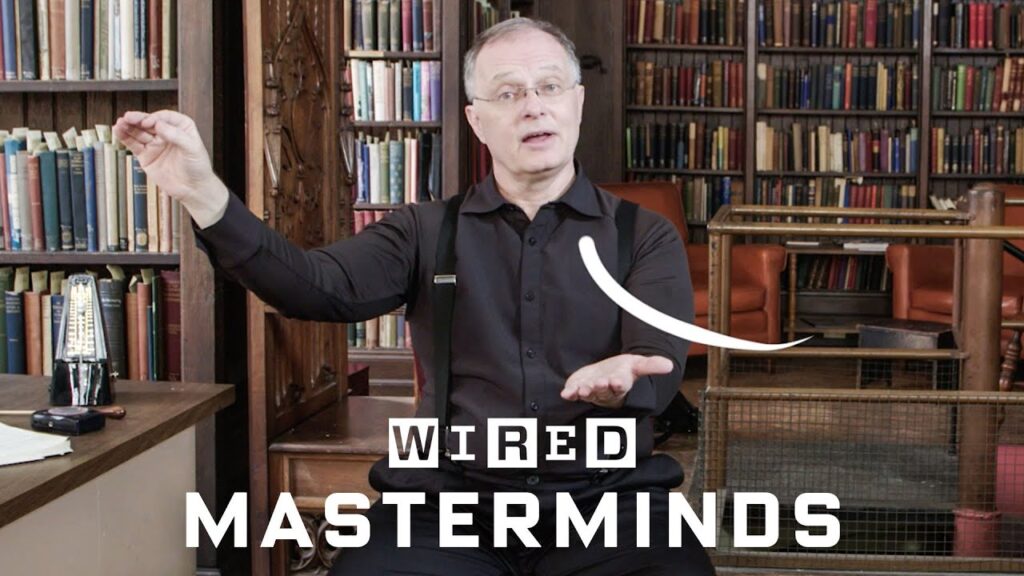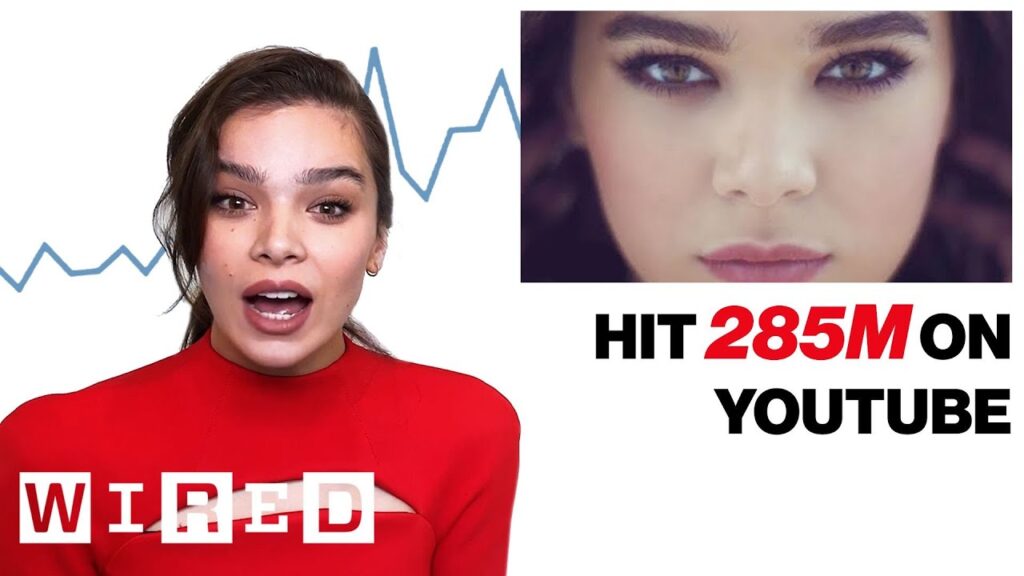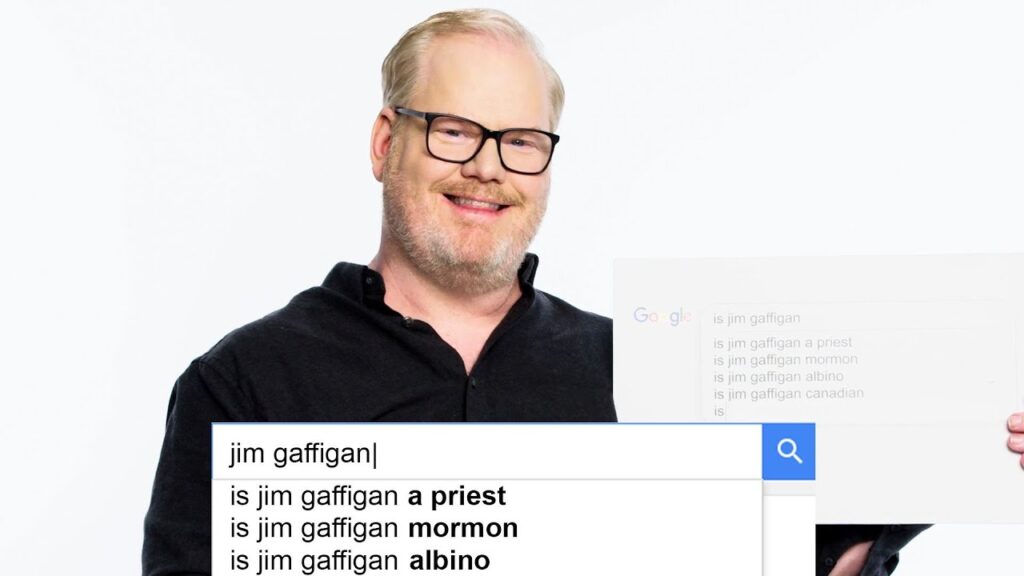Earth and its Weather Patterns: Insights from a Climate Scientist
Summary
In this article, we will explore insights from Dr. Peter Kalma, a climate scientist, about Earth and its weather patterns. We will discuss various topics such as the hurricane season, satellite monitoring of weather and climate, cloud physics, global winds and ocean currents, melting ice sheets, polar amplification, climate change, global warming, coral reefs, and the carbon cycle.
Table of Contents
- Hurricane Season and Satellite Monitoring
- Cloud Physics and Global Winds and Ocean Currents
- Melting Ice Sheets and Polar Amplification
- Climate Change, Global Warming, and Coral Reefs
- The Carbon Cycle
Hurricane Season and Satellite Monitoring
Dr. Kalma explained that hurricane season starts on June 1st and is powered by hot ocean water, making late summer and fall the prime hurricane season. He also mentioned that satellites are used to monitor weather and climate, with different sensors such as optical imagers, infrared and microwave sounders, and radars.
Cloud Physics and Global Winds and Ocean Currents
Cloud physics is a complex field of study that involves understanding clouds at different levels and scales. Dr. Kalma also discussed how global winds and ocean currents are driven by the sun, with air and water moving towards the poles and sinking down due to coldness and density.
Melting Ice Sheets and Polar Amplification
Dr. Kalma explained the phenomenon of polar amplification, where melting ice sheets in the Arctic Ocean lead to darker ocean water that absorbs more sunlight, causing the planet to get hotter and more ice to melt. He also mentioned that melting water from the Greenland ice sheet adds fresh water to the ocean, which is less dense and does not sink down.
Climate Change, Global Warming, and Coral Reefs
Dr. Kalma discussed how climate change is happening primarily due to the burning of fossil fuels, which releases carbon dioxide and other greenhouse gases that act like a blanket, trapping more energy from the sun and making the planet hotter. He also explained that global warming (or global heating) refers to the overall increase in temperature on the planet due to burning fossil fuels, while climate change (or climate breakdown) refers to the resulting chaotic changes in weather patterns, such as fires, floods, and heat waves. Additionally, Dr. Kalma mentioned that coral reefs are dying due to ocean heat waves caused by the planet getting hotter, which is also contributing to the ongoing sixth mass extinction of species on Earth.
The Carbon Cycle
Finally, Dr. Kalma discussed the carbon cycle, which is the process by which carbon is exchanged between various reservoirs, such as land plants, fossil fuels, the ocean, and the atmosphere. Human activity, particularly the burning of fossil fuels, has disrupted this balance and led to an overall increase in carbon dioxide in the atmosphere.
Conclusion
In conclusion, Dr. Kalma provided valuable insights into Earth and its weather patterns. We learned about the hurricane season, satellite monitoring of weather and climate, cloud physics, global winds and ocean currents, melting ice sheets, polar amplification, climate change, global warming, coral reefs, and the carbon cycle. It is important to understand these topics to make informed decisions about our impact on the planet and to take action to mitigate the effects of climate change.






